Tsavo
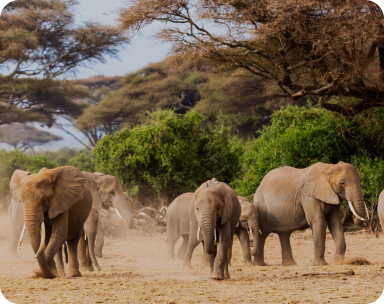
Tsavo National Park is the largest park in Kenya and is divided into two: Tsavo East National Park and Tsavo West National Park. Tsavo East National Park is one of the oldest parks in Kenya, located South East of Kenya near the Town of Voi in the Taita-Taveta District of Coast Province, inland from the Coast, it is 13,747 sq. km. The Tsavo West National Park is also located in the Coast Province of Kenya covering an area of 9,065 sq. km. The park was opened in April 1948. The parks can be accessed through several gates. Tsavo East can be accessed through Manyani Gate, Voi Gate, Buchuma Gate and Sala Gate. Tsavo West can be accessed through Mtito Gate, Man-Eaters Gate, Chyulu Gate and one other near Maktau. Some of the key attractions in Tsavo (Other than game safaris) include Mzima Springs, an exploration of the ancient lands of lions including caves, and a walk through the volcanic area. Tsavo is also full of various hotels and lodges so if you need accommodation, multiple options are available.
Chyulu Hills National Park

Also known as the Green Hills of Africa, Chyulu Hills are the perfect location for nature and adventure lovers. It’s a rugged wilderness still showing signs of its volcanic origins – and boasting some of the best views of Kilimanjaro. The reserve is a rugged jumble of ancient volcanic cones and craters, as well as the longest lava tube in the world. The hills are also home to various animals such as buffalos, elephants, leopards, giant forest hogs, bush pigs, reedbucks and giraffes along with various reptiles and insects.
Kisite Mpunguti Marine Park & Reserve
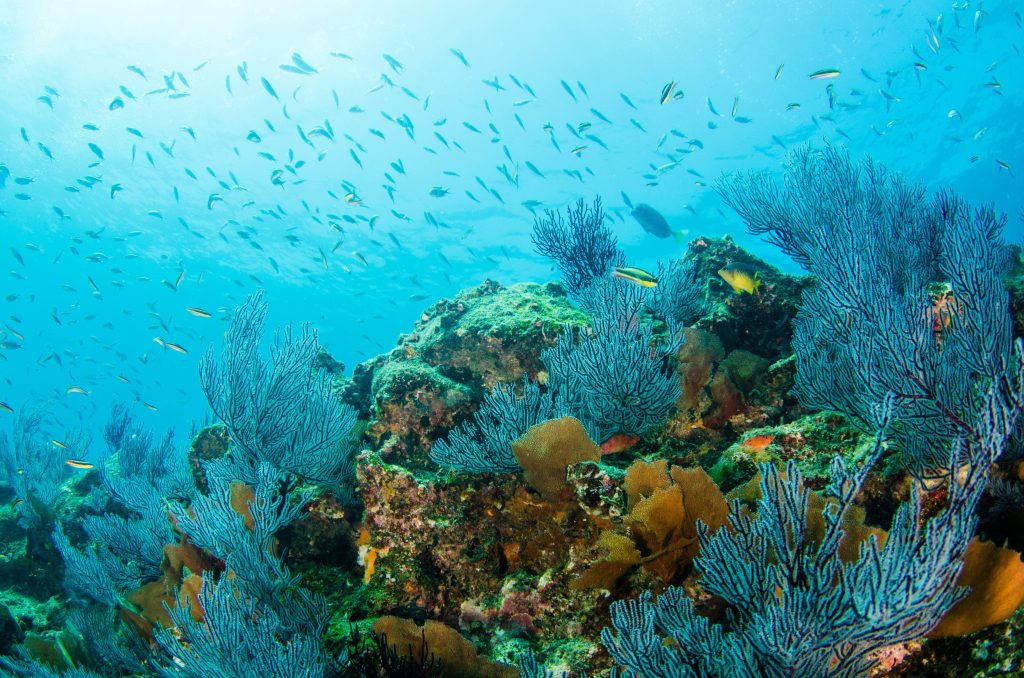
The Kisite Mpunguti Marine Park & Reserve is like stepping into an underwater wonderland! Imagine snorkelling through turquoise waters, surrounded by colourful coral reefs and curious fish darting around you. This marine park is a haven for marine life, with dolphins, turtles, and even whale sharks making appearances from time to time. You can hop on a boat tour to explore the park’s hidden gems, stopping at secluded islands for picnics and beachcombing. Don’t forget your sunscreen and camera – the sparkling waters and stunning landscapes are perfect for soaking up the sun and snapping Insta-worthy shots. And when you’re ready for a break, kick back with a cold drink at one of the beachside cafes, where the ocean breeze and laid-back vibes are the cherry on top of your coastal adventure.
Haller Park
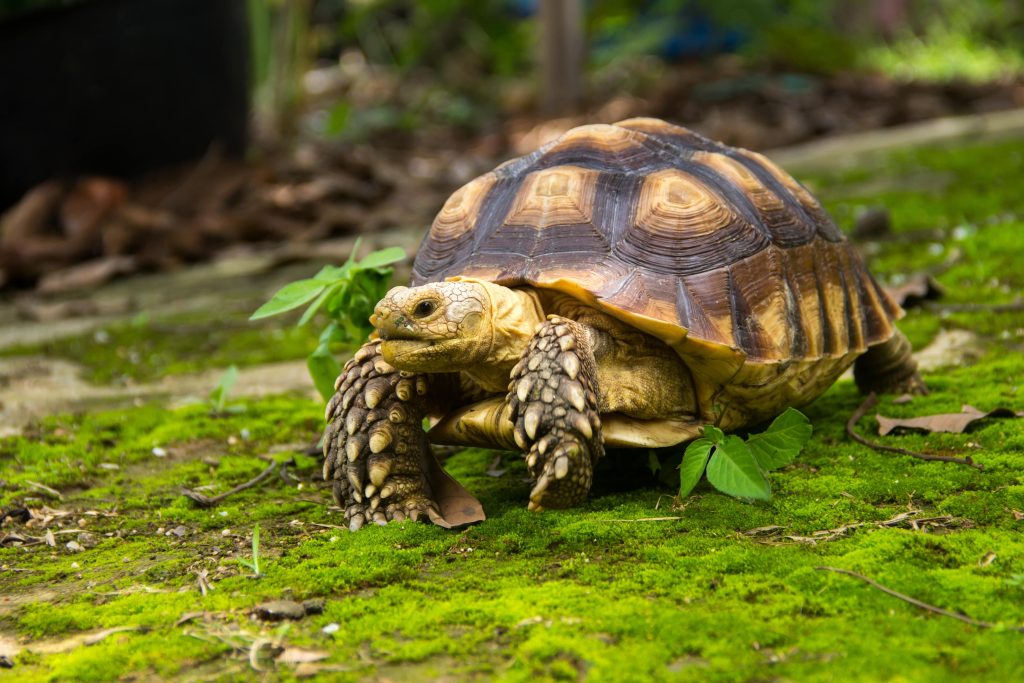
Haller Park is a unique ecological restoration project that has transformed a former limestone quarry into a thriving wildlife sanctuary. Initially barren and desolate, the park is full of lush vegetation and diverse animal species, making it a prime example of successful habitat restoration and conservation efforts. Visitors to Haller Park can embark on guided tours to explore its rich biodiversity, encountering a wide array of wildlife along the way. From towering giraffes gracefully nibbling on acacia leaves to playful hippos lounging in tranquil ponds, there’s no shortage of fascinating creatures to behold. In addition to its wildlife attractions, Haller Park offers educational programs and interactive experiences aimed at promoting environmental awareness and conservation. The park is also home to the oldest tortoises in Kenya which can be seen wandering around.
Arabuko sokoke forest
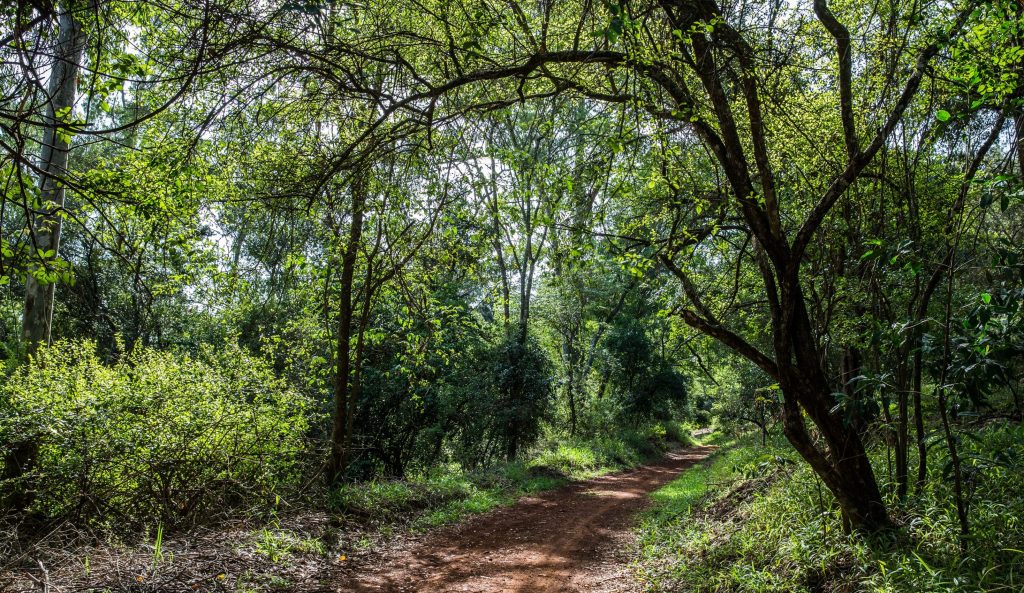
The Arabuko-Sokoke Forest is a tropical forest located on the Kenyan coast. Covering an area of approximately 420 square kilometres, it is the largest remaining tract of coastal dry forest in East Africa and is recognized as a UNESCO Biosphere Reserve. This forest is renowned for its exceptional biodiversity, with a rich variety of flora and fauna, including rare and endemic species. It is home to over 260 bird species, including the endangered Sokoke Scops Owl and the Amani Sunbird. Additionally, the forest harbours several mammal species, such as the Golden-rumped Elephant Shrew and the Ader’s Duiker. It is particularly known for its unique Afzelia africana trees and is a popular destination for eco-tourism and nature enthusiasts, offering opportunities for birdwatching, guided forest walks, butterfly watching, and photography. There are also several trails and viewpoints within the forest that provide visitors with a chance to explore its natural beauty.
Kuruwitu marine sanctuary

Kuruwitu Marine Sanctuary is a community-led conservation project located along the Kenyan coast near Watamu and Malindi. Established in 2005, the sanctuary aims to protect and conserve marine biodiversity while promoting sustainable livelihoods for local communities. The sanctuary encompasses approximately 30 hectares of coral reef, seagrass beds, and mangrove forests, making it a vital habitat for a diverse range of marine species. It is home to numerous fish species, sea turtles, crustaceans, and other marine life. One of the key features of Kuruwitu Marine Sanctuary is its community-based approach to conservation. Local fishermen and community members are actively involved in managing the sanctuary, monitoring marine life, and enforcing conservation regulations. Visitors to Kuruwitu Marine Sanctuary can enjoy snorkelling, diving, and boat tours to explore the vibrant coral reefs and marine ecosystems. Guided tours are also available, providing insights into the sanctuary’s conservation efforts and the importance of marine biodiversity.
Karura Forest
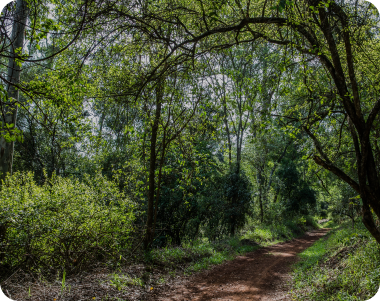
Karura Forest is a protected urban forest in Nairobi. It covers about 2.570 acres and consists of 3 parts and 5 gates of entry. It’s one of the largest forests in the world and it plays an important role in maintaining the ecological balance in Nairobi. At Karura, visitors can participate in multiple activities, the most popular being walking, jogging, cycling, tennis (Bikes can be hired) and picnicking. The forest also has several caves and waterfalls, one of the most beautiful being the Karura Forest Waterfall. The forest is managed by the Kenya Forest Service (KFS) in collaboration with the Friends of Karura Forest, a community-based organisation dedicated to the conservation and protection of the forest. Their efforts include tree-planting initiatives, conservation education programs, and wildlife monitoring. Karura is also a big favourite for dog owners who can be seen mostly on weekend mornings with their favourite pets going for long walks. Accessing the forest is easy with all their entry points but it is important to note that entry is not free and more information can be found on their website.
Arboretum
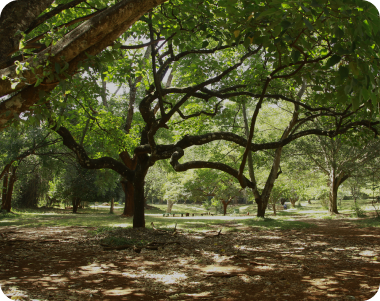
The Nairobi Arboretum is a botanical garden in Nairobi. It covers 74 acres and is managed by the Kenya Forest Service (KFS). Arboretum is a popular area for residents who enjoy fresh air and nature. The arboretum is home to a diverse collection of trees, plants, and shrubs, both indigenous and exotic, and visitors can explore the garden through guided tours. Visitors can also explore walking, jogging, picnicking and birdwatching – with well-maintained paths and trails winding through the garden, the arboretum is perfect for a well-deserved break in the middle of the city. The Arboretum also holds events and cultural activities such as tree planting events, environmental awareness campaigns and concerts. If you’re planning a visit, the Arboretum has the right facilities to make the experience easier such as restrooms, picnic areas, benches, parking areas and a small cafe where you can enjoy drinks and snacks.
Nairobi National Park

Located at the edge of Nairobi, the Nairobi National Park is a wonder. It is 117 sq km and hosts the world’s densest concentration of black rhinos as well as the big 4 (Lions, buffalos, leopards and rhinos), among others. For bird lovers, the National Park has over 500 bird species, including seasonal European migrant birds. The park also has other experiences such as the Nairobi Animal Orphanage which is located in the park and rehabilitates wild animals such as cheetahs, hyenas and birds such as parrots, cranes and ostriches, the Nairobi Safari Walk which is ideal for families with children. For food lovers, there’s no need to fret – the park has picnic areas and yes, these areas are well protected from monkeys.
Oloolua Nature Trail
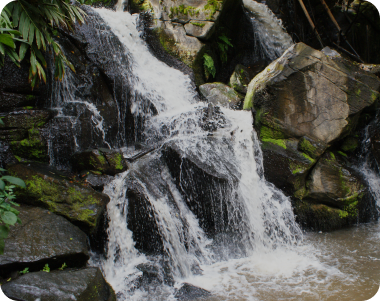
Oloolua Nature Trail is a scenic nature reserve located in Nairobi. It’s located in the Karen-Langata area and is popular for its beautiful views, indigenous trees and calm atmosphere. Oloolua is ideal for nature walks and bird watching and has a few beautiful waterfalls that drain into the Mbagathi River that flows through the trail. The trail offers hiking opportunities suitable for all skill levels and people can explore the winding paths that meander through the forested areas and along the riverbank. There are also designated picnic spots where visitors can relax and enjoy food immersed in nature. The trail is also popular for events, photo shoots, and camping and is also a historical site through the natural caves that are 37 metres deep into the forest surface. The trail also has a bamboo resting point and a papyrus swamp that is a usual visitor favourite.



